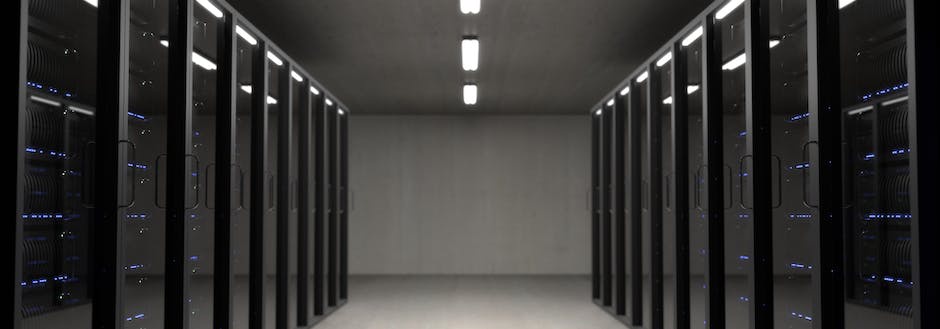Modular enclosures are innovative and adaptable structures that offer a wide range of benefits for different industries and applications. These enclosures are designed to provide flexible and customizable solutions for housing equipment, protecting sensitive components, and creating functional spaces. With their modular design and versatile features, modular enclosures have become increasingly popular in industries such as telecommunications, data centers, industrial automation, and more.
Understanding Modular Enclosures
Modular enclosures are prefabricated structures that consist of multiple individual components or modules. These modules are designed to fit together seamlessly, allowing for easy assembly and disassembly. The standardized components include walls, doors, windows, roofs, and other accessories that can be combined in various configurations to create a customized enclosure for specific requirements.
The Advantages of Modular Enclosures
Modular enclosures offer several advantages over traditional construction methods:
- Flexibility: The modular design allows for easy customization and reconfiguration to accommodate changing needs. Additional modules can be added or removed as required, making modular enclosures highly adaptable.
- Cost-Efficiency: Compared to traditional construction, modular enclosures are often more cost-effective. The prefabricated components reduce material waste and labor costs, resulting in significant savings.
- Time-Saving: Modular enclosures can be assembled and installed quickly, reducing project timelines. The pre-engineered components are manufactured off-site, allowing for parallel construction processes that save time.
- Transportability: Modular enclosures are designed to be easily transported, making them ideal for temporary or relocatable applications. They can be disassembled, transported, and reassembled at a new location with minimal effort.
- Versatility: With modular enclosures, there is a wide range of options for customization. Different sizes, configurations, and finishes are available to meet specific needs and aesthetic requirements.
Applications of Modular Enclosures
Modular enclosures find applications in various industries:
- Telecommunications: Modular enclosures are used to house telecommunications equipment such as servers, routers, and switches. They provide a controlled environment for these sensitive components, ensuring their proper functioning and protection.
- Data Centers: Data centers rely on modular enclosures to house servers, storage systems, and networking equipment. The modular design allows for efficient cooling, cable management, and scalability to accommodate the growing demands of the data center industry.
- Industrial Automation: Modular enclosures are used in industrial automation to protect control panels, PLCs (Programmable Logic Controllers), and other electronic components. They safeguard these critical systems from dust, moisture, and other environmental factors.
- Power Generation: Modular enclosures are utilized in power generation facilities to house electrical switchgear, transformers, and generator sets. They ensure the safety and reliability of these vital components.
- Outdoor Installations: Modular enclosures can be deployed in outdoor settings such as construction sites, remote locations, or events. They provide temporary shelter, equipment storage, and security for personnel and valuable assets.
Choosing the Right Modular Enclosure
When selecting a modular enclosure, several factors need to be considered:
- Size and Configuration: Determine the required dimensions and layout based on the equipment or application. Modular enclosures come in various sizes and configurations to suit different needs.
- Environmental Considerations: Assess the environmental conditions where the enclosure will be installed. Consider factors such as temperature, humidity, dust, and moisture levels to ensure the enclosure's suitability.
- Security and Access Control: Determine the level of security required for the equipment or assets housed in the enclosure. Options such as locking mechanisms, access control systems, and surveillance can be incorporated.
- Customization Options: Explore the available customization options for finishes, colors, windows, and accessories to meet specific aesthetic and functional requirements.
Installation and Maintenance of Modular Enclosures
Installing and maintaining modular enclosures involve the following steps:
- Site Preparation: Prepare the site by ensuring a level foundation and necessary utilities such as electricity and data connections.
- Assembly: Follow the manufacturer's instructions for assembling the modular enclosure. Connect the modules securely, ensuring proper alignment and sealing.
- Electrical and HVAC Integration: If required, install electrical wiring and HVAC (heating, ventilation, and air conditioning) systems within the enclosure. Ensure compliance with safety and code requirements.
- Testing and Commissioning: Conduct thorough testing to ensure proper functioning of the equipment and systems housed within the enclosure.
- Maintenance: Regularly inspect and maintain the enclosure to identify and address any issues promptly. Clean filters, check seals, and perform necessary repairs or upgrades.
Future Trends in Modular Enclosures
The future of modular enclosures is promising, with several emerging trends:
- Modular Energy Storage: Modular enclosures will play a crucial role in energy storage applications, providing secure housing for batteries and control systems.
- Smart Enclosures: Integration of IoT (Internet of Things) technologies and sensors will enable monitoring, remote control, and predictive maintenance of modular enclosures.
- Sustainable Materials: The use of eco-friendly materials and construction techniques will be a focus, aligning with the global trend toward sustainability.
- Advanced Security Features: Modular enclosures will incorporate advanced security features such as biometric access control, intrusion detection systems, and video surveillance.
- Artificial Intelligence Integration: AI-powered systems will optimize the efficiency and performance of modular enclosures through intelligent monitoring and control.


No comments yet